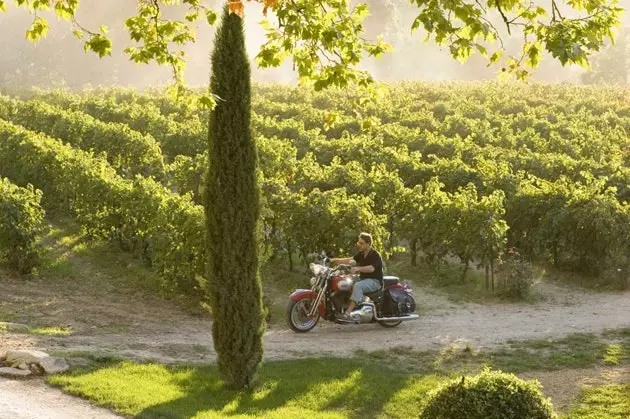
Strolling among the vines, even caressing the earth...
1. DO NOT FEAR NOT KNOWING
No, you don't have to know anything at all. Going to a winery in full adulthood is like going on a school trip again. The skeleton is the same: road trip, with friends and/or girlfriend to a place where there is a guy who all he wants is to tell you things you don't know. The gastronomic tribute After that, yes, it's different, but that's what you grow up for.
two. YOU WILL LOVE THE GUIDE
As happens with certain museums, here the guide makes a regular winery seem like a paradise or vice versa. Its value is evaluated taking into account these scales: knowledge + adaptation to the client (empathy) + smile + capacity for synthesis + interactivity . In other words, the perfect wine tourism guide is the one who knows but does not show it off, they are always sympathetic and concrete and making the visitor a participant in the activity. And, luckily, in Spain there are many of these.
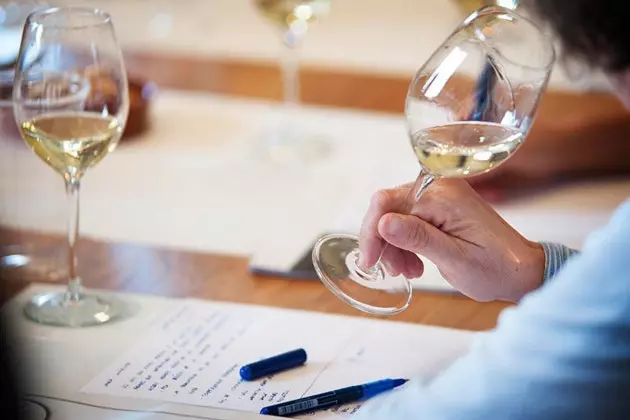
You will love the guide and taste according to his instructions
3. YOU WILL WALK AMONG THE VINES
Any good route through a winery must begin outside the winery, walking among the vines, stepping on the ground and trying to understand what is happening inside the grape. even caressing the earth and trying to understand what makes each payment a special place. The moment, although it sounds corny, must be multisensory. In fact, it is the landscape that is then bottled and what becomes permanent in a wine so enjoy it!
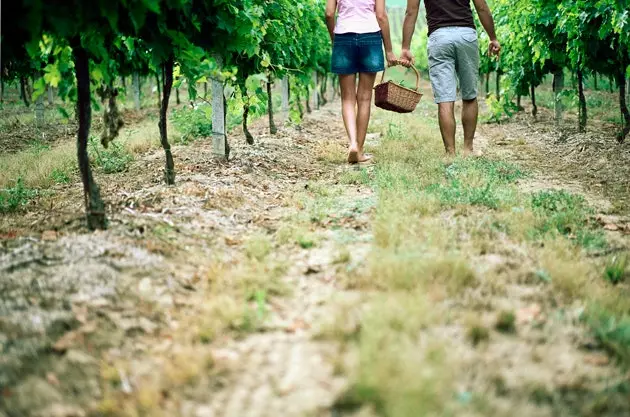
You will walk among vines...
Four. YOU WILL APPRECIATE A CHÂTEAU
That yes, given to choose a walk between vines, that is around a spanish chateau . Its Hispanicization may be a bit decaffeinated, but it is still the same concept: a winery that makes wine with the vines that surround it . Of course, nobody expects a French castle. In Spain there are some in the form of a stone house like Torre de Oña or a glass capsule like Montepedroso, but always with the building as the magnetic center of the vineyard.
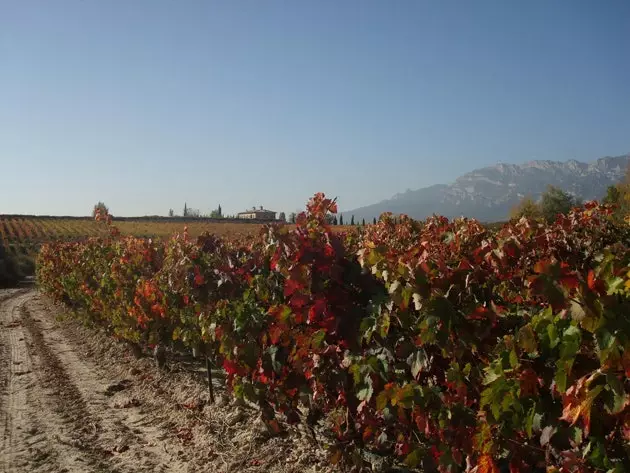
Like in a château (or better...)
5. YOU WILL LEARN TO HARVEST
But not in a plan with the pants rolled up, but in a more modern way. If you enjoy your wine tourism experience between August and October, it is very likely that the visit will include learn to pick the grape . And it is not as simple as it seems, although it is fun. There are experiences that include from a breakfast in conditions in full vines as in Espelt even a ride on a horse carriage as in Comenge. And all of them with a brief explanation on how to measure the acidity of the grape by eye or how to know the perfect time to start harvesting.
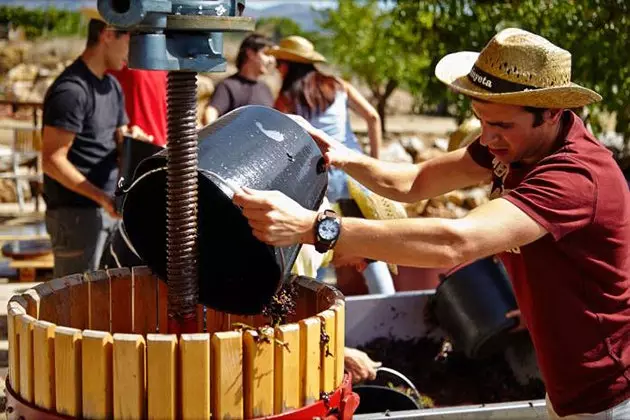
You will learn to harvest
6. AND YET YOU WILL LOVE NOVEMBER
Although it may seem like a contradiction, when the harvest ends is when the vine becomes more beautiful . It is a kind of anti-system spring, of natural rebellion where the vines turn into large rows of red lines. Plus, the warehouse is in full swing , which makes it a little more interesting in the eyes of the expert.
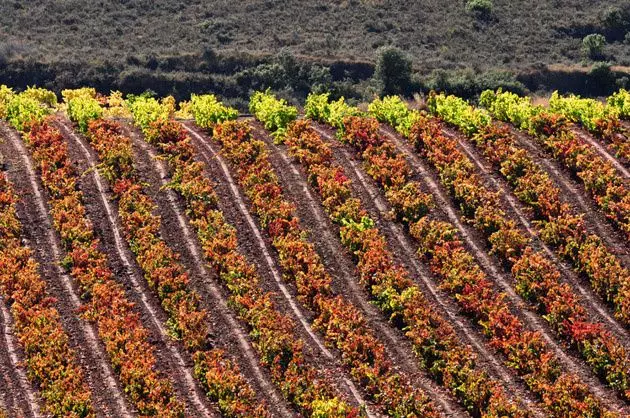
La Rioja in November
7. YOU WILL FOLLOW THE PATH OF THE GRAPE
Whatever the season, the tour of the winery usually follows the same route as the grapes. That is, from the reception hopper to the large metal containers. There are wineries that, in a modernizing desire They even boast of a destemmer and other machinery. Of course, in a matter of transport rarities, will always win the O.V.I. from Viña Real, some large containers moved by different arms that make the grapes move always driven by their own weight. Although, if we are to assess vinification by gravity, the Oscar goes to ** Baigorri **, designed from top to bottom to comply with this current that defends that the grape performs better when it does not suffer any mechanical lift outside the vats.
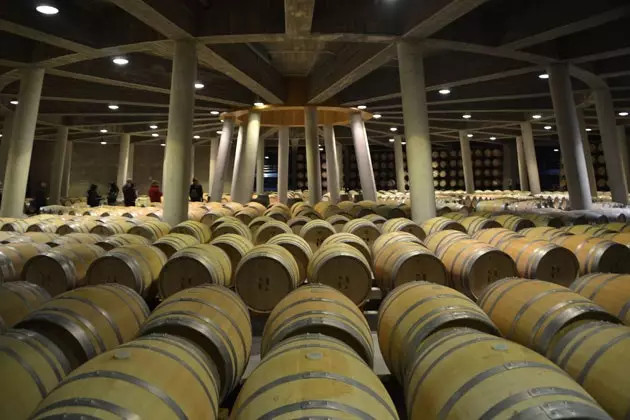
The circular fermentation room
8. YOU WILL LEARN IN A MUSEUM OR IN A SENSORY TUNNEL
In this didactic eagerness of the wineries, its own practical classroom cannot be missing. sensory tunnels are areas intended for the smell and sight become familiar with the colors and smells of wine. Some like those of Villa Lucía are ideal to go with children while others like Dinastía Vivanco, or Coll de Roses are appetizers to some very complete museums, whether they are about wine culture or local history. The point is to touch and soak so that later, in the tasting, it doesn't all sound like Chinese.
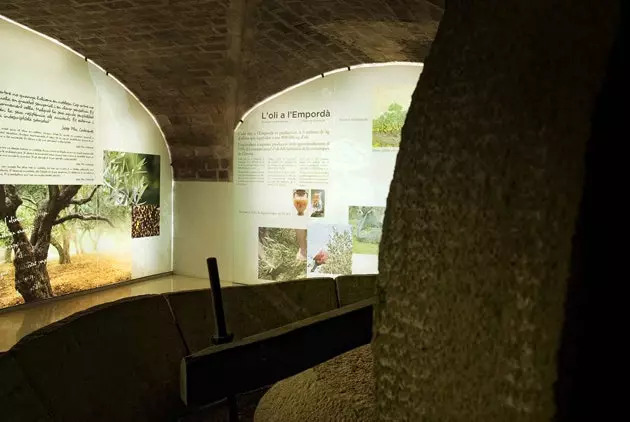
The sensory tunnel and museums, perfect for soaking up before the tasting
9. YOU WILL PHOTOGRAPH THE BARREL ROOM
You are before the moment of any visit, before the photo that immortalizes the visit. The barrel room is usually the jewel in the crown of any visit, as long as you are in a cellar that ages wines in wood. It has its technical point when it comes to French, American or Ukrainian oak, but otherwise it is a moment to enjoy, to walk among the small barrels and even to taste with the pipette (if the opportunity arises). There are some that are made for photography, such as Ysios or Pagos de Leza, and others for seclusion, such as Portia, while others, such as Yllera and her Ariadna's Thread or El fabulista, are a pure display of their history (or legend).
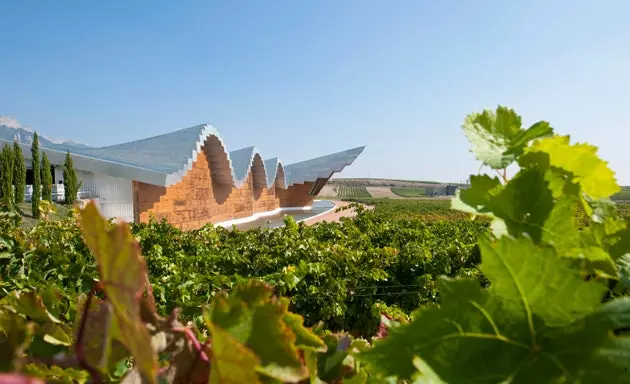
10. YOU WILL NOT RUN AWAY FROM THE TASTING
It may be the most feared moment, but until Here you come to play and enjoy. The tasting rooms, despite their sophistication, are the perfect refuge to leave behind the snobbish liturgies of restaurants and learn a little. Namely, understand the reason for each gesture and each expression. At the end you will know (or you will have tried to know) what tannins are, what we talk about when we talk about unctuousness or how wood is perceived in wines. And if not, you will always be able to enjoy a special space that is sublimated in wineries such as Mas Rodó or Arché Pagés.
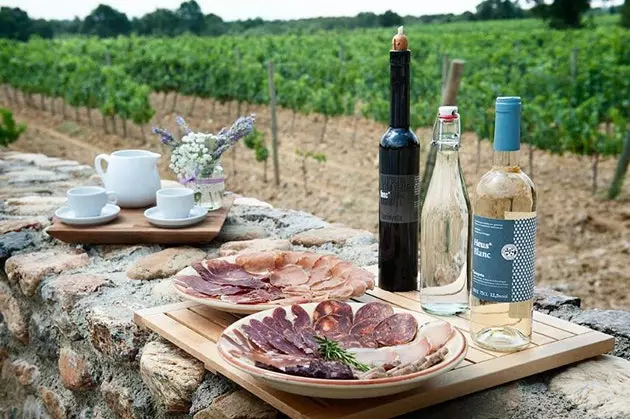
A tasting... TASTING
eleven. YOU WILL ENJOY OTHER ACTIVITIES
But the wineries have established themselves as a sophisticated space in the middle of the countryside and, therefore, a magnet for other types of activities, tangential or not to wine. There are authentic wonders such as the summer concert cycles of La Vinyeta or the astronomy and wine days in Valdelana. Others are already a myth such as the plays in Don Carlos or even the small falconry displays in Torremilanos. All in order to attract a public that is reluctant to wine but open to other legal experiences.
Follow @zoriviajero
*** You may also be interested in...**
- The most beautiful vineyards in the world
- On wine and women
- Hot Wine: 50 keys to the new Spanish wine map
- Six vineyard coordinates to enjoy Rueda wine
- The best wines of Spain (and ball point)
- In the country of wine: wine Spain from A to Z
- Where to taste a wine raised under the sea
- Andorran wine gastro rally
- Bodegas Protos: wine with your mother (in a castle)
- Ysios, the first signature winery had to be in the Rioja Alavesa
- Bodega Viña Real: a journey to the center of wine... and of the land
- Bodegas Portia: Norman Foster's cathedral
- Landscapes that drink
- All articles by Javier Zori del Amo
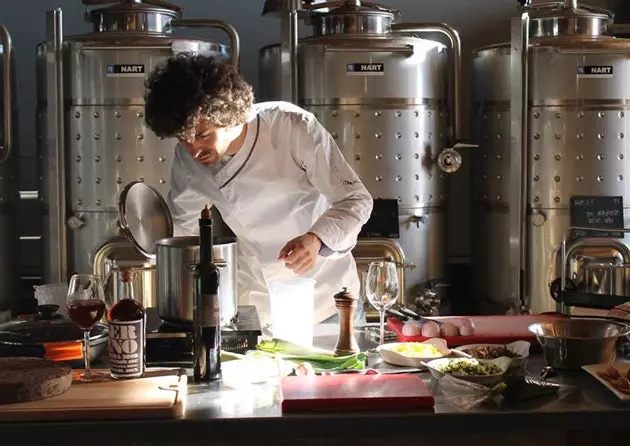
Showcooking+wine= PLEASURE
